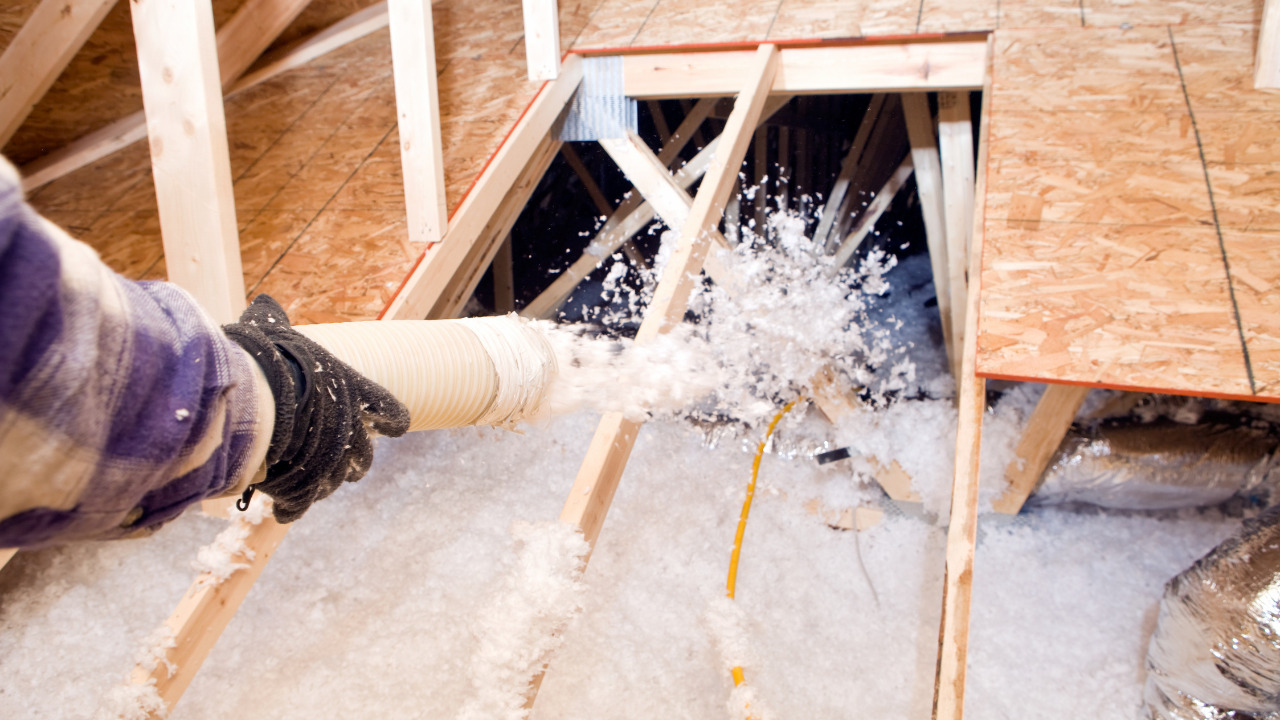Are you currently working on a new-build home? Perhaps your construction company has just signed a new contract for new builds? Either way, you need to think about how you are going to make the property or properties as energy-efficient as possible.
As you are probably already aware, insulation is typically used to prevent heat from escaping from a building and reduce the amount of energy needed to heat it. So far, so simple.
However, when it comes to choosing the right insulation, there are several factors that you need to consider, including what materials were used to build the home and where you intend to put it.
Make sure you choose the best possible insulation, and install it the right way with the below three best insulation practices for new builds. Keep reading to find out more.
Table of Contents
Use a thermal imaging camera
The first thing you need to do when deciding on insulation for a newly built home is to use a thermal camera to detect any problems that are invisible to the naked eye. This proactive approach can save time and money, both for you as a construction worker and for the home’s future owners.
If you have never used thermal imaging technology, it is best to bring in professionals such as Build IR, who specialize in conducting thermal imaging surveys. These surveys can quickly identify a whole host of potential problems, such as moisture intrusion, heat loss, plumbing leaks, electrical faults, and even insect infestations.
Consider where you need insulation
When installing insulation in a new home, you need to think carefully about where it is needed. For example, would the property benefit from insulating the floor? If yes, then you need to decide between underfloor or solid floor insulation.
Does the building have cavity walls? If it does, then these will need to be filled with insulation to help prevent heat loss and make the property more energy efficient. This is common practice in new homes and may be required depending on location.
Finally, if the house has a loft or an attic, then this will also need to be insulated to help keep the home warm and to reduce energy costs.
Choose the right type of insulation
There is a range of insulation materials on the market, some of which are made from natural products and others from synthetic ones.
Some of the most popular insulation materials are:
- Glass wool (fiberglass). This is made from tiny glass fibers and effectively prevents heat loss. This type of insulation is available in rolls or batts.
- Mineral wool. This is made from mineral oil and other raw materials and is typically used in damp areas such as lofts. This insulation does not itch in the same way that glass wool does.
- Polystyrene. This is one of the most affordable types of insulation and comes in blocks, sheets, or beads. It is effective at stopping heat transfer (both in and out of a home).





